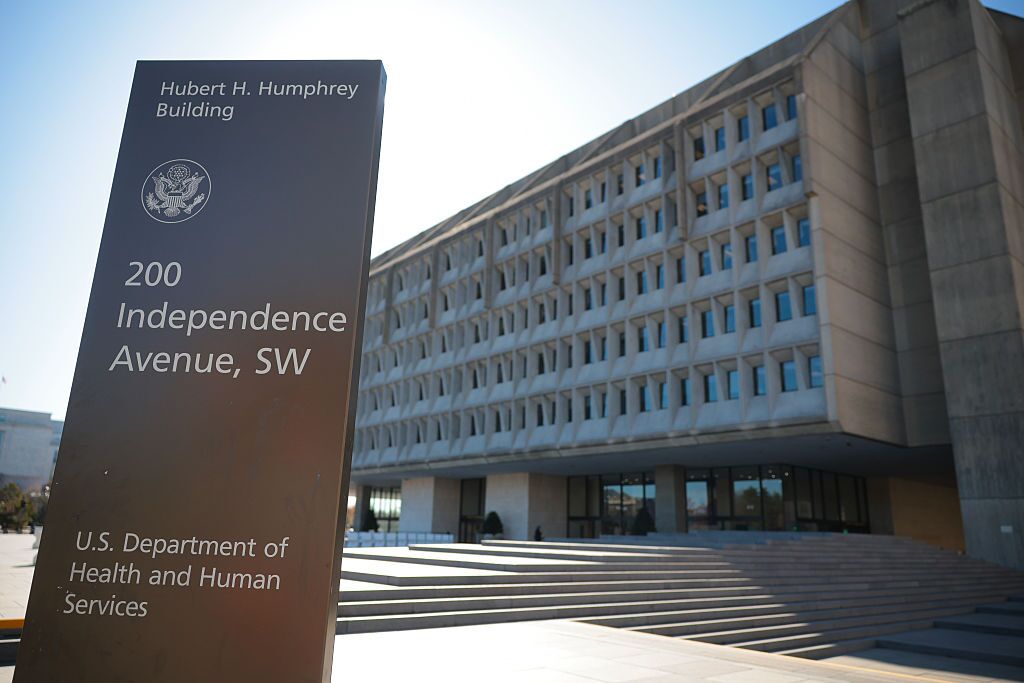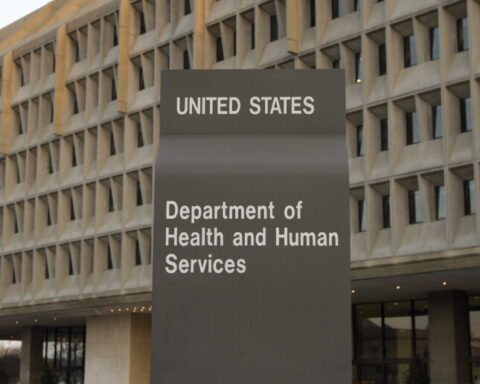The Trump administration carried out mass layoffs across the Department of Health and Human Services on Tuesday, aiming to slash around 10,000 full-time jobs from the federal agencies long tasked with regulating food and drugs and overseeing the nation’s public health policies.
Elon Musk’s Department of Government Efficiency is attempting to reduce the health department’s workforce from 82,000 to 62,000 across several agencies, including the Centers for Disease Control and Prevention, the Food and Drug Administration and the National Institutes of Health.
The drastic job eliminations are part of HHS Secretary Robert F. Kennedy Jr.’s wider plan to reshape the federal public health infrastructure and dismantle traditional institutions. Kennedy repeatedly promised to hollow out the CDC and NIH during his failed presidential bid last year.
The administration made deep and wide-ranging cuts to divisions responsible for tackling HIV, improving minority health and preventing injury, such as gun violence. Jobs were eliminated at offices overseeing the approval of new drugs, providing health insurance and responding to infectious disease outbreaks.
A number of lesser-known divisions — including several focused on the safety of mining workers — were cut entirely.
Many current and former staffers spoke to NBC News on the condition of anonymity because they weren’t authorized to speak to the media.
“It’s a terrible dark day,” one CDC staffer said.
On Tuesday afternoon, as the scale of the cuts became clear, Senator Bill Cassidy (R-La.), the chair of the Senate Health, Education, Labor and Pensions committee, and Senator Bernie Sanders (I-Vt.), the ranking member, called Kennedy to testify before the committee to discuss the secretary’s “proposed reorganization of the Department of Health and Human Services.”
Cassidy and Sanders’ letter notes that Kennedy made a commitment during his confirmation that he would testify before the HELP committee each quarter.
The CDC’s Freedom of Information Act office, which allows the public to request access to information from the agency, has also been eliminated, according to two CDC officials. As of Tuesday afternoon, the agency’s FOIA webpage displayed an error message stating, “This page isn’t working right now.”
In a statement, an HHS spokesperson said the health department is investigating the website outage.
Eliminating the office doesn’t mean that the agency can ignore FOIA requests.
“They need someone to handle FOIA requests, they can’t stop answering FOIA requests,” said Dorit Reiss, a professor of law at UC Law San Francisco. But, she added, FOIA “doesn’t have to have its own office.”
In a February speech introducing himself to HHS staff, Kennedy invoked FOIA while underscoring his commitment to what he called “radical transparency.”
“We will make our data and our policy process so transparent that people won’t even have to file a FOIA request,” Kennedy said.
Communications offices were gutted, too: The entire team at the FDA’s office of media affairs was axed, according to sources familiar with the matter. Most of the communications team of the FDA’s Center for Drug Evaluation and Research — about 50 people — was also cut, according to a senior staffer.
That office’s work included managing public databases on drug approvals, such as information about potential risks of FDA-approved drugs and labeling, which are required by law to be published. The office was also responsible for managing the drug shortages database.
“These cuts to agency experts and programs leave our country less safe, less prepared and without the necessary talent and resources to respond to health threats,” said Dr. Mandy Cohen, who was CDC director in the Biden administration.
Chaos and anxiety
The layoff notices, which started going out late Monday night and continued into Tuesday morning, ended days of anxiety for many employees, some of whom said they spent the weekend wracked with worry about whether they still had jobs. (The notices did not go out Friday as originally planned so “all the data could be triple-checked over the weekend,” a source familiar with the matter told NBC News.)
On Monday, employees had been encouraged to take their laptops home each evening, according to a memo obtained by NBC News, in case they were terminated overnight and lost access to the campus facilities. (They would still be expected to work remotely, the memo added.)
At the FDA, some employees who hadn’t realized they’d been let go were refused entry onto campus by security Tuesday morning, one source said. Outside the HHS building in Rockville, Maryland, employees were being turned away and could be seen crying in the street, according to an employee at the National Institute of Allergy and Infectious Disease.
One employee says that the performance scores — given annually by supervisors to rate employees overall performance — cited in their termination notices were incorrect or inaccurate.
A senior CDC official said certain directors were offered a transfer to the Indian Health Service, and possibly a remote work location, as a way to force them to leave — potentially because that posting would require them to uproot their lives and move far away.
“I don’t think the intent is benevolent,” said the official, who had direct knowledge of the reassignments.
The list of center directors reassigned to the Indian Health Service, which provides medical care American Indians and Alaska Natives, included the heads of the National Center for Chronic Disease Prevention and Health Promotion, the National Center for HIV, Viral Hepatitis, STD, and TB Prevention, and the Global Health Center, according to CDC officials.
In total, HHS said its seeking to eliminate about 2,400 full-time jobs at the CDC, 3,500 jobs at the FDA, 1,200 jobs at the NIH and 300 jobs at the Centers for Medicare and Medicaid Services.
Around 80 people from the Administration for Strategic Preparedness and Response (ASPR) were cut — this includes people at BARDA and the Strategic National Stockpile. ASPR will now be folded into the CDC.
Federal health officials have said some departments that are eliminated or downsized may have their responsibilities shifted over to a newly created entity, the Administration for Healthy America, or AHA.
Among the agencies set to be folded into the AHA include the Substance Abuse and Mental Health Services Administration and the Health Resources and Services Administration, which includes a program focused on HIV treatment.
Andrew Nixon, a spokesperson at HHS, has said the cuts will not affect Medicare or Medicaid services, nor the FDA’s review of drugs, medical devices and foods.
Nixon said last week that no additional job cuts were planned by the agency.
Public health advocates and some Democratic lawmakers have sharply criticized the sweeping cuts, saying they could jeopardize public health efforts.
On Monday, Sen. Patty Murray, D-Wash., former chair of a Senate health committee that oversees the agency, along with Sen. Tammy Baldwin, D-Wis., and Rep. Rosa DeLauro, D-Conn., sent a letter to Kennedy demanding answers about his plans to “gut” staff and reorganize HHS.
“Authoritatively stating that these drastic changes will improve the health of Americans without any explanation insults the American public and defies logic,” the lawmakers wrote. “If these actions were actually intended to improve the Department’s ability to carry out its mission to enhance the health and well-being of all Americans, you and the Department should be eager to provide additional detail and justification for them.”




